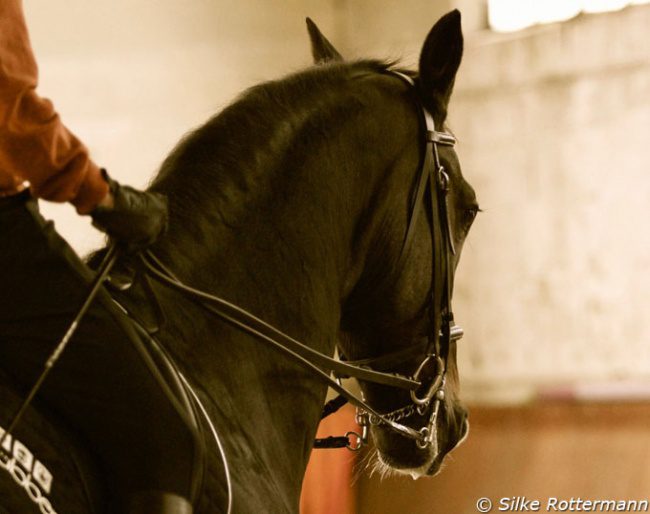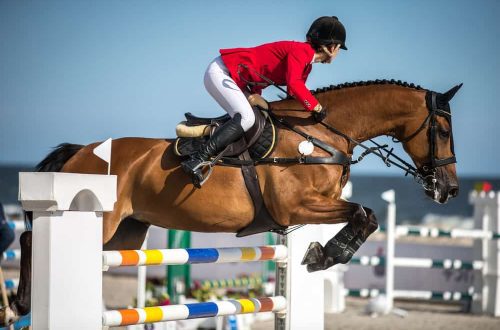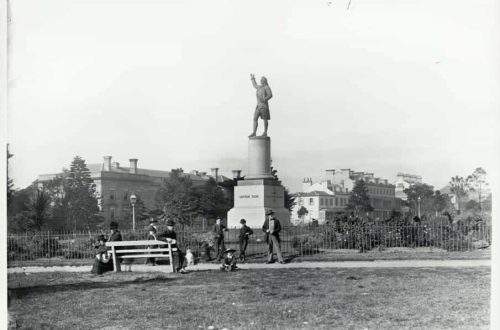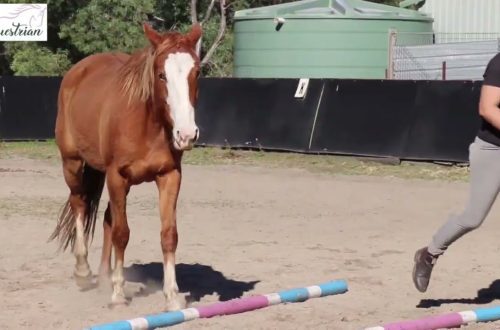
A horse is not born hard on the mouth
Photographer: Elena Zobova.
There is no excuse for rough work. Riders sometimes say that some horses need tighter contact with the reins. Some even claim that their horses enjoy pressure on their mouths. They claim that their horse is more stable or moves better and feels more comfortable with this kind of work. When a horse “lays down” on the reins and becomes rough on the mouth, it is often said that this is because the horse lacks strength. If this is the reason, then the work is going wrong, and we need to pay attention to how the horse moves.
Basic work doesn’t require much strength, it’s more about balance and coordination. If the right base is laid, then at a later stage it will be much easier to achieve the implementation of complex elements. Training is not always easy, there is always room for error, but we must strive for well-balanced movements and correct frames, and a hard rein will not be tolerated from the very beginning, even if the horse himself offers such contact at those moments when balance is lost. . It takes longer in the beginning, but guarantees really steady progress.
A good fit gives proper contact with the horse’s mouth.
Good contact is made with a soft, sensitive hand. Competent handwork is possible only with a correct, balanced fit. When there is a correct, balanced seat and a soft, calm hand, there is a corridor for communication and gentle correction of the horse if necessary.
Contact with the reins is a very informative way of communicating, and with it you can feel the slightest change in the balance of the horse. Pressure breeds tension, and this should be corrected right away, not after a year or two. Proper fit makes good contact possible, but fit alone does not guarantee good contact.
The hand should “go with the horse”, but at the same time, there should be light contact with the mouth. In addition, good contact includes proper framing – too “steep” collection prevents the neck from working optimally and naturally, and this affects balance and movement.
The pressure breaks the ballans.
Sometimes riders unconsciously tend to work “for themselves”. This automatic reflex occurs if the rider becomes tense, afraid, or lacks proper balance. Some riders pull on the reins to control the horse, but that doesn’t do much for a horse that is trying to find balance. Riders also react to the horse’s resistance by increasing pressure on the reins, which creates a vicious circle – the horse lies down on the reins, and the rider pulls harder. Instead of pulling hard on the reins until the horse gives up, we should teach the horse to relax, not be afraid of the bit, and create a light, soft contact when the horse himself reaches for the reins.
High iron exposure affects the horse’s balance and movement. Tongue pressure generates resistance as the horse tries to “tighten” the tongue, creating tension in the neck, at the withers, and even throughout the body. This affects the horse’s temporomandibular joint and neck, and can also affect the horse’s breathing because pressure or mechanical resistance, as a result of a bad frame or an unnatural position of the larynx, can reduce oxygen supply. Studies have shown that incorrect tongue position can negatively affect the momentum by 30 percent, which means that the emphasis during training should be on good balance and a relaxed jaw of the horse.
When we focus on good contact as part of proper training, it can only improve the health of the horse. The harness must fit, but even with the right harness we must remember that how the rider uses the bit determines its effectiveness – a simple fitting bit is no problem for the horse, but even a super anatomical bit becomes a weapon in the wrong hands.
Make light contact with your mouth.
The key to creating light contact is clarity and forward movement. If the horse lies down on the bit, the rider must patiently and constantly teach the horse to stay in light contact so that the horse knows he can relax. There are many ways to make this correction and the rider can try different approaches to find the one that works best for his horse.
There are several common techniques that are commonly used in most cases:
German approach: accepting and releasing both hands can be one way to correct the situation if the horse becomes tense. The rider brings both hands to the mane, releasing the reins at several paces, allowing the horse to “balance” and keep the horse moving forward. With some horses this method works really well, but with others it is better to look for a different approach.
French approach: the ability to maintain contact and at the same time correct it. The rider uses a slight upward half halt while at the same time bringing both hands slightly forward, as in the German approach, but still keeping in contact without giving too much of the arm or putting more pressure on the reins. When performed correctly, this method is fast, soft and clear. If it is performed too slowly or the direction of movement is not forward-up, then the effect may be opposite and the tension will only increase.
After such adjustments, the rider lowers and relaxes the arm. To do this correctly, it is important to relax the shoulders, sit deeper in the saddle and press the leg, preferably immediately after the correction. In order for the rein correction to work, it is very important that the rider has a clear and relaxed hand movement and relaxes the fingers immediately after the reins are applied – relaxation requires speed of execution, as in a reflex.
Task: to teach the horse not to “lie down” on the reins and to follow commands in light contact. You need to let the horse know that it is easier to move without fighting the reins. In doing so, the rider should not grab the reins roughly later on, and this takes some practice.
There are no horses that are hard on the mouth from birth.
There are no horses that are hard on the mouth from birth – horses with different set of necks and different temperaments can be taught to relax. It’s all about how we teach horses to be in contact, it’s worked out day by day with good classical training.
Problems can arise for a variety of reasons, and if there is a possibility that health problems could be the cause of communication difficulties, they should be addressed first. But it’s not always the horse’s health that’s the problem: the way we work and train our horses can cause resistance and compensation, which can be attributed to balance issues. When rider and horse are well balanced and the horse understands the reins properly, there is no need to pull on the reins.
Source: Eurodressage.com





